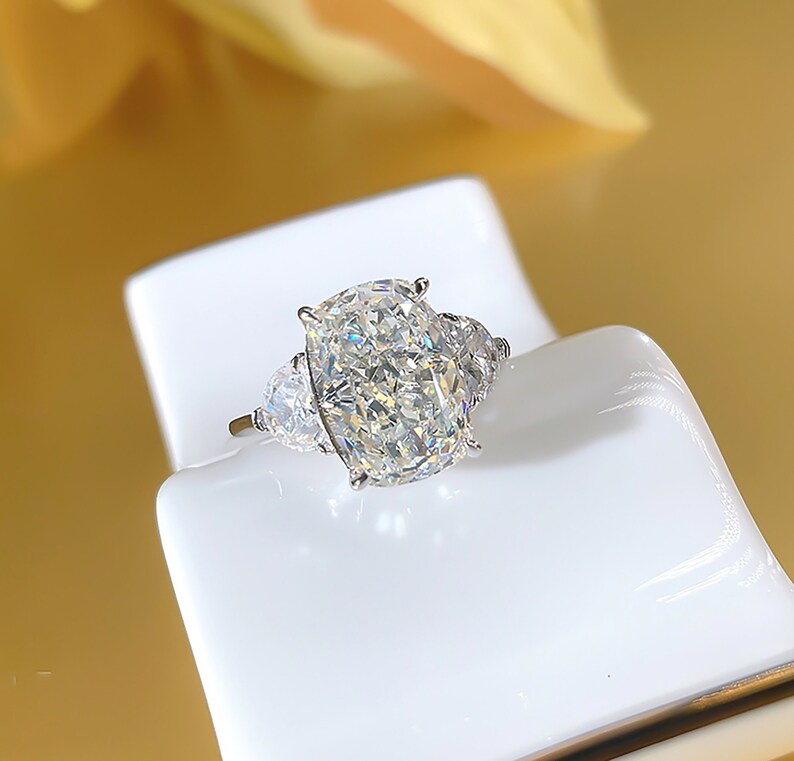
First and foremost is the solitaire setting, especially with prongs. You're the one wearing the radiant cut ring, so you're the one that needs to love it! But there are some settings that get more love when it comes to how they highlight radiant cut diamonds. Radiant cut settings are ultimately a personal choice. Again, you're the one wearing it, so what matters most is that you'll love your ring day after day.) (But if you're looking for a truly unique radiant cut engagement ring, you might consider this trade-off well worth it. Although it ultimately comes down to personal preference, this setting will cause a significant loss to the amount of shine of the ring. A bezel setting is a closed setting that encloses the center stone for a secure and cohesive feeling, but by closing itself off, the bezel setting hinders the amount of light that will hit the stone. But the 4 prong setting will emphasize the square or rectangular shape of the diamond, making it ideal for the radiants.īezel settings, although they may be used, are not recommended for radiant cut diamonds. A diamond with a high clarity grade will sparkle brilliantly even with a 6 prong setting. We know that the 4 prong vs 6 prong debate still rages strong, but there are some misconceptions here. The most popular and logical setting to choose for a radiant style engagement ring is the four-prong setting. Once the buyer has chosen to purchase a radiant cut diamond, the next logical step is to choose a setting to complement this choice in diamond cut. Radiant cut diamond engagement rings are beloved for the unmatchable shine they produce.

In 2002, RCDC launched its own specific brand: the “original radiant cut.”ĭespite its “youth” in the diamond community, the radiant cut diamond is easily among the most popular diamonds cuts, thanks to its versatility and brilliance. Every other rectangular-shaped diamond before this release had fewer facets, less attention to the finer details, and shone less brilliantly than Grossbard’s version. His was the first to have such an intricate facet pattern on the pavilion of the stone as well as the crown. Grossbard’s creation changed the way rectangular diamonds were viewed and developed. He was part of Radiant Cut Diamond Company, who released the first radiant diamond in ’77. Henry Grossbard created the very first radiant cut diamond in the late 1970s.


The modern radiant diamond itself is less than 40 years old. (In case you're thinking of jumping on that sapphire and diamond engagement ring trend.) This diamond shape also tend to be a very popular choice for fancy colored diamonds because they capture more rough diamond color than other cuts. The difference simply comes down to their length to width ratio. But radiant diamonds are also available in a square shape. The rectangular radiant cut diamond is an excellent option for buyers who like the emerald cut shape, but want something with the brilliance of a round. Radiant cut diamonds are in the gemstone cut group known as hybrids, which speaks to how its characteristics can be seem as combinations of some of the other stone shapes, including the cut's beveled corners. Simply put, these are the square diamond of the common round, brilliant gems. Radiant cut diamonds are often called the rectangular modified brilliant diamond. Overall you could say that the radiant diamond combines some of the most beloved traits of other popular diamond shapes. The faceting of a radiant cut gives it a fiery look compared to a princess cut, while maintaining soft, cut corners. Trimmed corners give this loose diamond shape versatility to shine in all kinds of jewelry, especially engagement rings. The radiant cut diamond is a beautifully symmetrical, non-traditional cut, the radiant cut combines the brilliance of a round and the purity of an emerald cut.


 0 kommentar(er)
0 kommentar(er)
